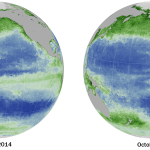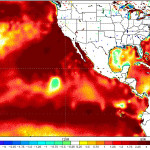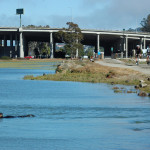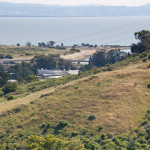The Livermore tarweed is indistinct, hairy, and smelly. It is also exceedingly rare and in imminent danger.

Sign up for our free weekly newsletter and understand everything better!

The Livermore tarweed is indistinct, hairy, and smelly. It is also exceedingly rare and in imminent danger.

The focus on 2015’s record heat conceals a larger truth: cool years are increasingly unlikely.

Scientists still aren’t sure what to make of what’s happened in the Pacific Ocean this year.

The sea otter that spent three weeks in Richardson Bay in late June and early July likely died of a “one-two punch” of domoic acid poisoning and infection from the possum-borne parasite Sarcocystis neurona, a California Department of Fish and Wildlife pathologist says.

The Pacific Ocean is the hottest we’ve ever seen it. What that means — or doesn’t — for the coming El Niño.

Reporter Kevin Stark, one of the co-authors on a major new sea level rise project from the San Francisco Public Press, talks about the challenges of thinking about and reporting on sea level rise in the Bay Area.

Climate scientist Daniel Swain runs the California Weather Blog, a must-read for weather nerds. He’s most famous, though, for something he did almost as an afterthought: He’s the one who gave the name “Ridiculously Resilient Ridge” to the pattern that’s being blamed for our three years of drought.

A young sea otter that had spent the last several weeks living in Richardson Bay died over the weekend.

Development could wipe out one of the Bayview’s few open space areas. Nature in the City hopes knowing more about what lives there can stop the construction.

The endangered Mission blue butterfly flies again on Twin Peaks, thanks to a dedicated six-year transplant effort that might be in its last year.